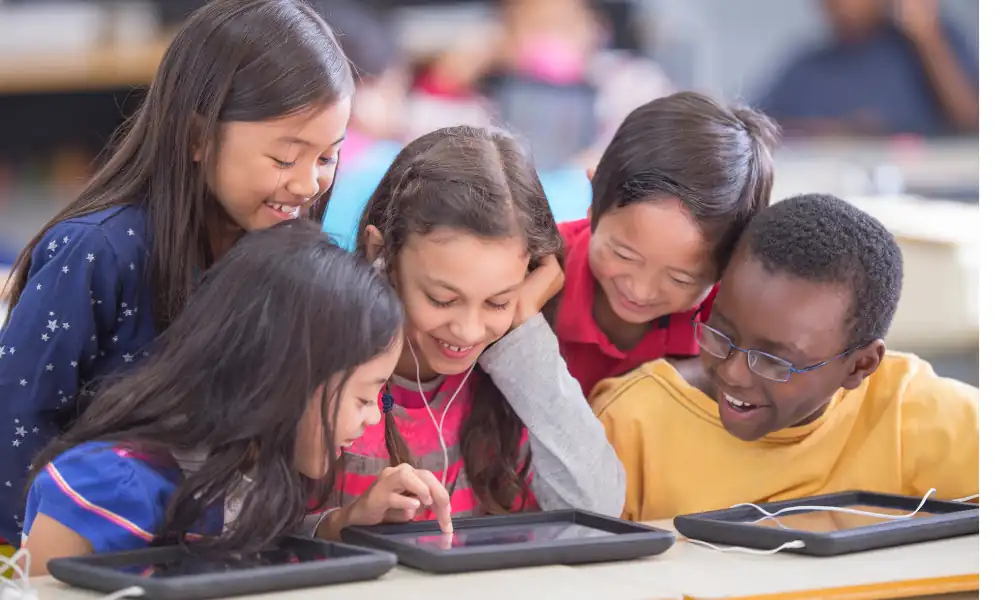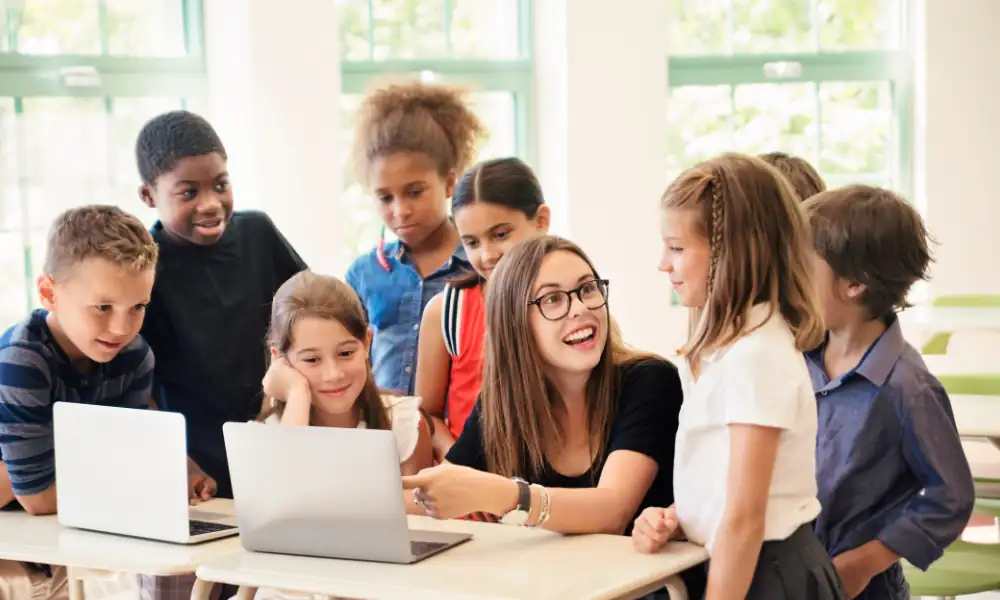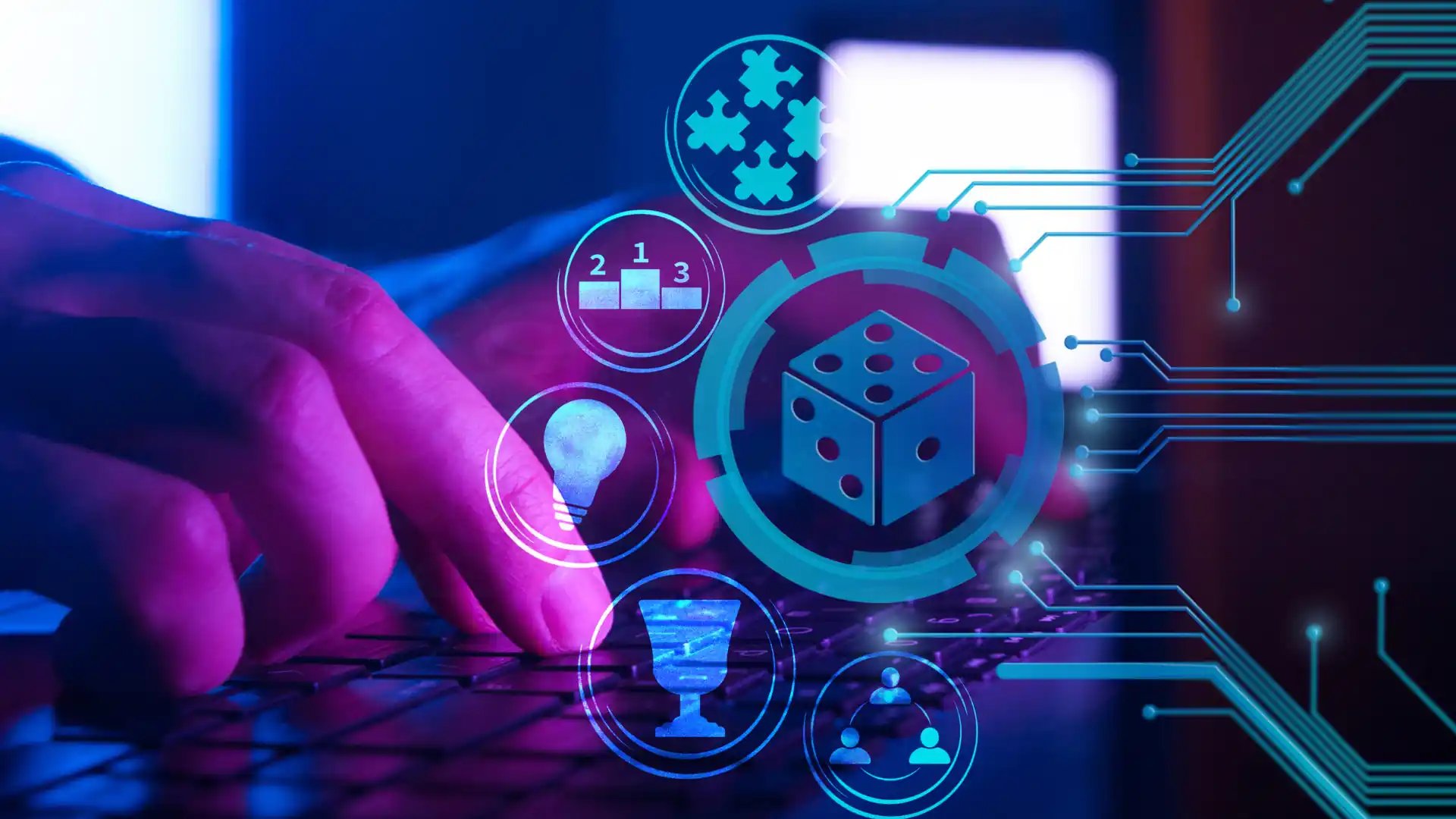Can you recall playing a game that made you feel accomplished and motivated? Now, envision a setting where academic progress mirrors the achievements in a game. It delivers immediate feedback and fuels learners’ motivation to attain new milestones. The integration of gamification is a transformative force that reshapes the traditional means of education. Gamification is the application of game elements and design principles to non-game contexts. Therefore, it has captured the attention of educators and learners alike due to its profound impact on engagement and knowledge retention. This approach breaks beyond the conventional boundaries of passive learning, injecting a sense of excitement and interactivity into educational experiences. Using the intrinsic human inclination for competition, gamification creates a vibrant learning environment. The academic journey becomes inherently motivating as learners navigate challenges, earn points, and unlock achievements. This learning method recognizes that education is not a one-size-fits-all endeavor but rather an expedition that needs to account for the diversity in learning styles and preferences.

Engagement and Motivation
Gamification draws learners into the educational process through a dynamic interplay of interactive elements and game-like features. This proves to be a method that sustains their interest over time, as opposed to cramming knowledge points. The allure lies in the fusion of challenge and reward. Students actively participate in tasks, earning achievements, and progressing through levels. A recent study revealed that gamification had a positive influence on active learning by making use of the human trait of competition.
Psychologically, gamification taps into the intricate web of human motivation, dissecting the components that fuel a student’s drive to excel. The innate desire for achievement, the thrill of competition, and the craving for recognition propels learners to understand the respective content. By seamlessly integrating these psychological aspects into the learning experience, gamification transforms education from a passive undertaking to an active and engaging journey.
Immediate Feedback and Incremental Learning
A prominent cornerstone of gamified education lies in its ability to provide learners with swift and targeted feedback. In traditional educational models, feedback might be delayed and detached. Gamification, on the other hand, thrives on the immediacy of response, offering learners real-time insights into their performance. This can make the learning process more engaging and effective. This instant feedback mechanism serves as a powerful catalyst, steering learners toward a nuanced understanding of their strengths and areas for improvement. This promotes a sense of responsibility for their work.
Furthermore, the rapid feedback cycles produced by gamified systems promote an incremental approach to learning, mirroring how individuals naturally acquire skills through trial and error. Games naturally encourage players/learners to experiment, make decisions, and confront challenges head-on. This iterative learning process that is ingrained in the fabric of gamification encourages adaptability and resilience in learners. It transforms the educational journey into a continuous loop of refinement, where mistakes become growth opportunities, and mastery is achieved through a series of incremental improvements.
Incorporating Storytelling in Education
Storytelling is a timeless and universal method of conveying information. It takes center stage in gamified systems, weaving a narrative that envelops learners in a rich and immersive educational experience. Integrating narrative elements into educational content serves as a conduit for information, transforming the learning process into a compelling journey. New York University emphasizes the importance of storytelling, which has the unique ability to bring abstract concepts to reality, thus making learning more tangible.
The role of storytelling in gamification injects life into concepts and creates a memorable landscape where knowledge is not just acquired but experienced. Gamification provides a contextual framework by strategically integrating plotlines, characters, and themes. Overall, this promotes understanding and retention of knowledge by changing learners to be participants rather than mere observers.

Customization and Personalization
The gamification of education extends personalization beyond adaptive paths, embracing the art of tailored challenges. By presenting challenges that align with a learner’s specific strengths and interests, gamified experiences become inherently more effective. This approach enhances motivation as learners confront challenges designed to resonate with their unique skill profile. As a result, a deeper understanding of concepts is cultivated. Individual progress tracking emerges as another crucial factor. The tracking mechanism promotes self-awareness and enables educators to fine-tune their guidance. Educators can offer targeted support and intervention where needed.
Claaster’s Gamification Tool
The comprehensive gamification suite offered by Classter extends beyond conventional academic management. It encompasses powerful tools for conducting online academic surveys and quizzes. The platform’s integrated solution enhances the integrity of online exams and also adds the element of engagement. Thus, learners can experience a more dynamic and interactive assessment process. Some notable features include:
- Create Online Surveys: Organizations, educators, or academic advisors can conduct online surveys. The user-friendly interface eliminates the need for an expert, enabling effortless creation of questionnaire-based surveys.
- Quiz Management: Educators are provided with flexible quiz management options, enabling the creation and administration of quizzes. The system facilitates the organization of question collections based on the respective courses, offering a tailored approach to quiz creation. Educators can design quizzes as integral components of exams or effortlessly distribute them for use in assignments.
- Quiz Builder: The Classter Quiz Builder can be used to craft questionnaires and automate their distribution to students. Furthermore, the platform allows real-time monitoring of respondents answering surveys. This facilitates the provision of constructive feedback based on survey results.
The Potential of Gamification in Education
The transformative impact of gamification in education is evident through enhanced engagement, personalized learning, and dynamic assessment methods. Future trends may involve the integration of virtual reality and augmented reality for immersive educational experiences, further blurring the lines between gaming and learning. Additionally, adaptive algorithms and artificial intelligence could tailor gamified content to individual learning styles, optimizing the educational journey. As technology advances, we can expect even more ways to integrate gamification into education. This will further enhance a more interactive, personalized, and effective approach to learning that aligns with the dynamic needs of learners in the digital age.

